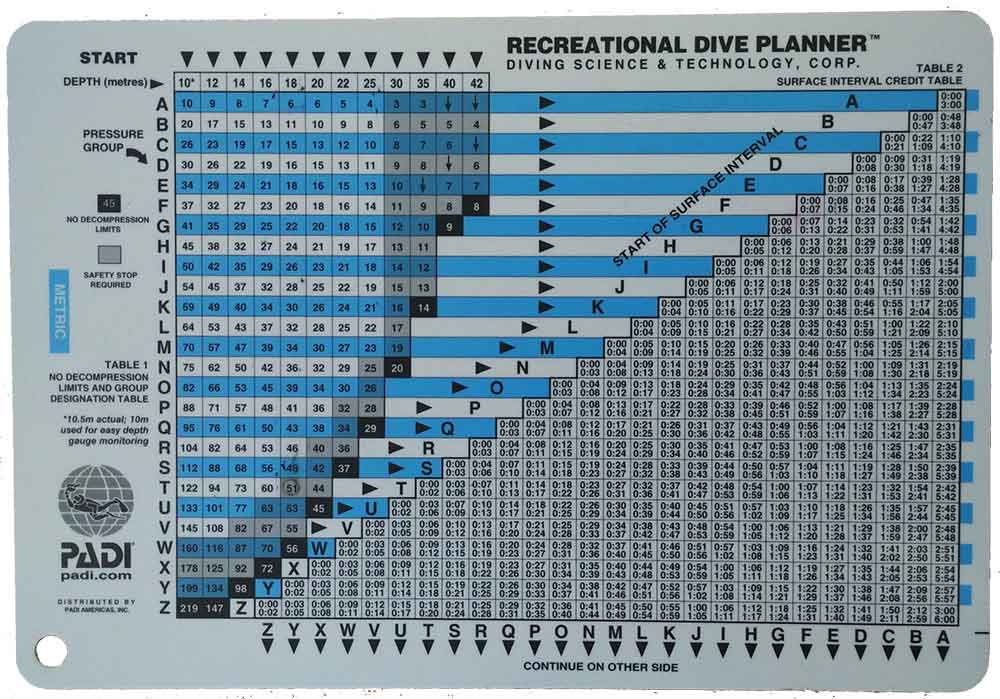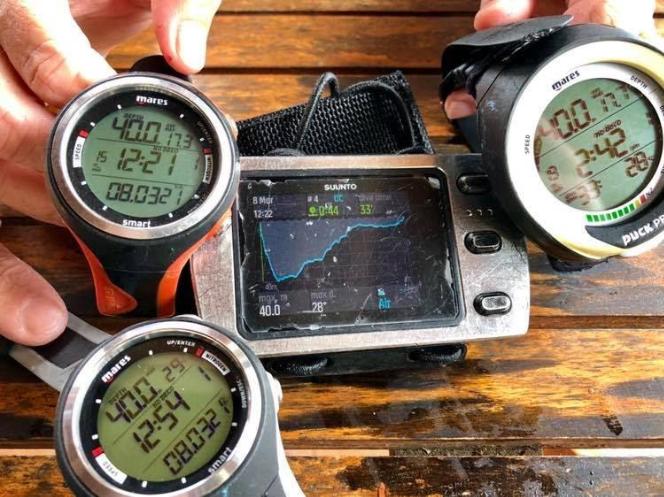Tissue Half times: The Low Down

As a diver, you’ve probably heard other divers talking about ‘tissue half times’. There is a lot of confusion in the diving society as to whether tissue half times are real or science fiction.
Halftimes are often used to assess the age of dinosaur bones and other historic items. Halftime is also used to assess the speed with which a drug clears from the system. As a diver, it is important to note that nitrogen gas behaves in the same halftime fashion when leaving your body.
Halftimes in real life
- Radioactive substances
Radioactive substances lose half of their mass (or radioactivity) within a specified period. Half of the mass that remained is lost in another equal period of time. The period within which the radioactive substance loses half its mass is known as ‘half-life’ or halftime.
The rate at which different radioisotopes decay differs. Half-lives of artificially made radioisotopes can be microseconds. Those of natural isotopes can be billions of years. Thus, natural radioisotopes are used in determining the age of archeological finds in a process known as Radiometric Age Dating.
- Pharmaceuticals
The metabolism of drugs in your system follows halftime. Your body takes a predictable time to metabolize half of a standard dose. While half time may vary from one person to another, there is a general range that can be determined.
A drug like Valium has a half time of 44 hours. If you take more Valium within the 44 hours, you will build up levels of Valium in your body. If you continue to take the same drug daily, the levels in your body will rise until it is the same as the ability of the body to clear it out. This is known as steady state.
Nitrogen halftime
Just like Valium, nitrogen can build up in your tissues. However, little is known about how much nitrogen makes it to different tissues in your body. The different tissues in your body gain and lose nitrogen at different rates. Some parts of your body therefore, have relatively little to no nitrogen. Trouble with decompression begins when you surface too fast or dive too deep for too long.
Nitrogen halftime calculations are used to set dive time limits amongst other things. They are based on the rate at which the body eliminates nitrogen that has dissolved in the tissues. This is different from the nitrogen gas that you breathe out.
When bubbles of nitrogen form, the exchange can no longer be governed by halftime and decompression problems begin.
You can prevent or reduce the development of bubbles by:
- Ascending slowly
- Making safety stops
- Maintaining a healthy cardiovascular system
- Limiting your exposure to nitrogen.



